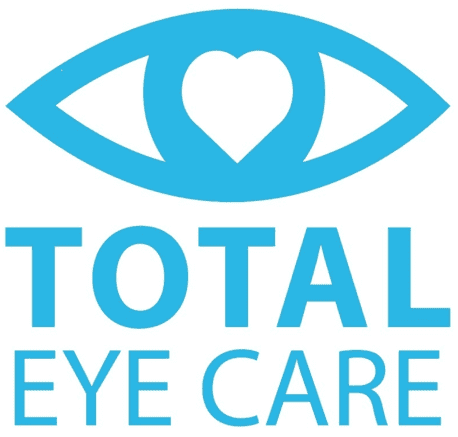Diabetes is the Leading Cause of Blindness in Minnesota; Annual Eye Exams are Critical for Early Detection

Diabetes is the Leading Cause of Blindness in Minnesota; Annual Eye Exams are Critical for Early Detection
November is American Diabetes Month
MINNEAPOLIS–(BUSINESS WIRE)–With an increase in obesity and decrease in exercise Minnesotans and all Americans are at risk for preventable Type 2 diabetes. In addition to the risks of cardiovascular disease and strokes, diabetes is also the leading cause of blindness among people aged 20-74 in Minnesota.
Each year, says the Minnesota Department of Health, between 400 and 700 Minnesotans go blind due to diabetes complications. An estimated 60 percent of those having Type 1 diabetes for 10 years will have some signs of retinopathy, the most common diabetic eye disease, and after 15 years, virtually all Type 1 diabetic patients will have retinopathy.
Diabetic retinopathy can be detected early and treated through yearly dilated eye exams, according to the Minnesota Optometric Association (MOA). Early treatment of retinopathy reduces the incidence of severe vision loss by 50-60 percent. As November is American Diabetes Month, it is an opportune time to raise awareness about this issue.
The Minnesota Optometric Association (MOA) has developed initiatives this year in education about prevention and management of diabetic-related eye diseases. The Save Your Sight Kit, with tips, facts and related articles is available on the MOA web site at www.minnesotaoptometrists.org
At its booth at the Health Fair 11 Building at the Minnesota State Fair this summer, the MOA optometrists found during retinal screenings, that at least 20 people daily showed signs of retinopathy that required follow-up care and a thorough eye exam. Most of these fairgoers were unaware of their condition, because there are often no early warning signs.
“Diabetic eye disease, which includes most commonly, diabetic retinopathy, as well as cataracts and glaucoma,” said Dr. Linda Chous, whose optometric practice is Glasses Menagerie in Minneapolis. Dr. Chous is an MOA board member and is also diabetic. “My practice includes a number of diabetic children, who must be checked regularly by an eye doctor as part of their medical regime,” she said.
Currently, only eight in 10 Minnesotans with diabetes have a dilated eye exam every two years. “While it is important for all people to have yearly eye exams, it is even more critical for diabetic patients to come in every year,” urges Dr. Chous. “Waiting two years or even worse, not coming in at all, can have a catastrophic effect. People also may not realize that their diabetes can cause changes in vision that require regular exams.”
Diabetic retinopathy is caused by changes in the blood vessels of the retina. In some people with diabetic retinopathy, retinal blood vessels may swell and leak fluid; in others, abnormal new blood vessels grow on the surface of the retina. These changes may result in vision loss or blindness.
“Many people don’t know that diabetics are twice as likely to suffer from both cataracts and glaucoma,” said Dr. Chous “Again, both conditions are easily caught and successfully treated through an annual eye exam.”
To help prevent diabetic eye diseases, the American Diabetes Association an the American Optometric Association recommends people suffering from diabetes should:
* Keep your blood sugar under good control. People who keep their blood sugar levels closer to normal are less likely to have retinopathy.
* Bring high blood pressure down. High blood pressure can make eye problems worse.
* Get a dilated eye exam by a family eye doctor every year. Your optometrist will use drops to enlarge your pupils to look inside your eyes.
The Minnesota Optometric Association (MOA) recommends you see your family eye doctor right way if you have any of the following problems:
* Your vision is blurry.
* You see double, spots or floaters
* One or both eyes hurt
* You feel pressure in your eye
* You can’t see things at the periphery as well as before
* You have trouble reading
The Minnesota Optometric Association has 525 member doctors of optometry around the state. The MOA is committed to furthering awareness of optometrists as primary eye care or family eye doctors and to bringing about change that positively impacts the MOA member doctors and their patients. For more information on the MOA, visit www.MnEyeDocs.org.
Contacts
For the Minnesota Optometric Association Joan Knight, 612-349-2716 jknight@visi.com
SOURCE Business Wir
